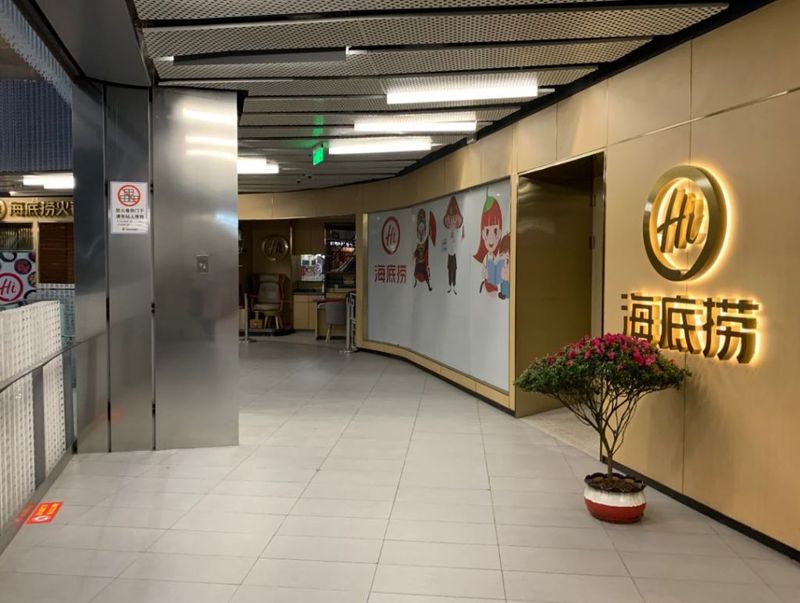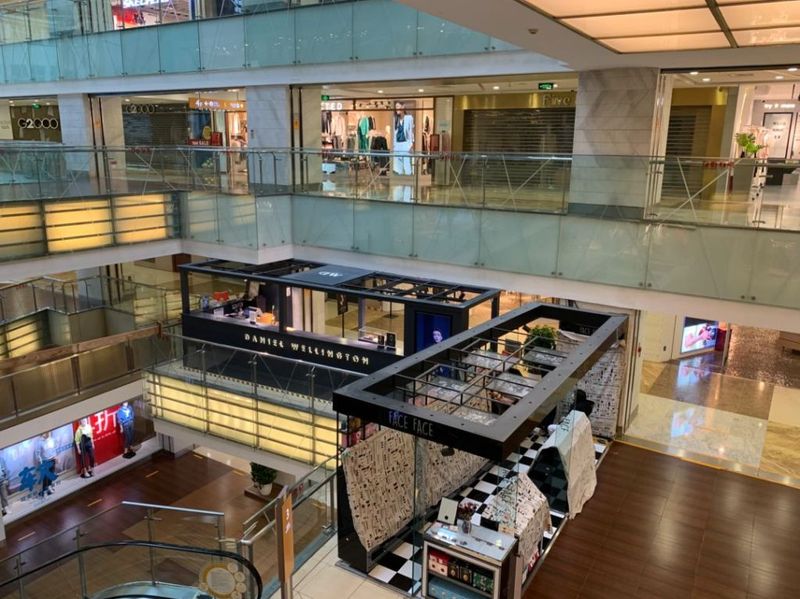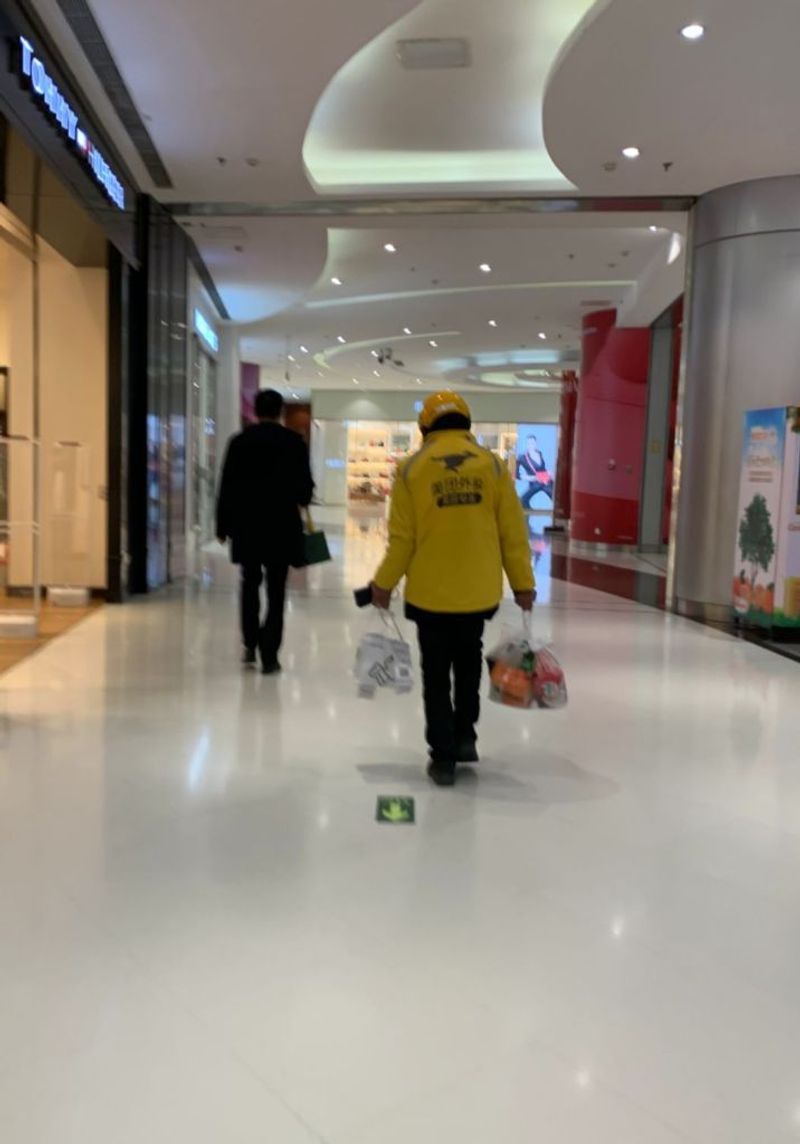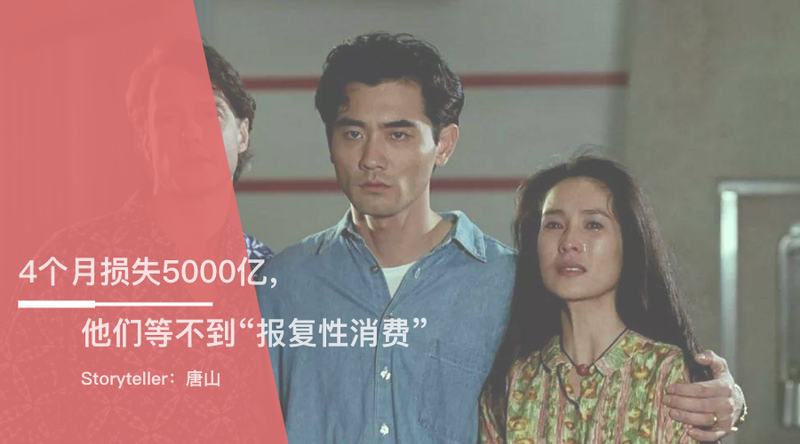icon
password
Multi-select
tags
ID
type
status
slug
summary
category
date
Author
URL
Some time ago, Beijing downgraded its emergency response to Level 2. So far, there are only five districts where maintain the country as second-level responses, namely Beijing, Tianjin, Hebei, Hubei, and Tibet, and some areas in Tibet are managed according to the three-level response.
During the May Day holiday, high-speed trains and planes were nearly full, hotels and scenic spots were crowded again, even queues were seen in many restaurants. However, there were many restaurants which did not make it to see the tables full again.
The narrator of this story is Tangshan. He visited many restaurants in Beijing and consulted with many food critics to understand what the restaurant industry has experienced in the past four months.
Unfortunately, some restaurants that we planed to go together before the Spring Festival did not survive the difficult four months and close before “the retaliatory consumption” could happen.
Hong Liang originally planned to take friends to “Mahei” after the Spring Festival.
“Mahei” was a restaurant that newly discovered by Hong Liang. It was located near Century City and specialized in French bistro cuisine. The air-dried duck breast in the store surprised Hong Liang because it tasted like ham but no ham within.
Upon asking, Hong Liang learned that the shopkeeper was born in Northeast but lived in French countryside all the year round. As a well-known food critic, Hong Liang felt authentic about the dishes, and intended to take his friends who cooks French bistro cuisine in five-star hotels to come along.
However, the epidemic has come before the festival, and the appointment was delayed. It was not easy to wait till the emergency response in Beijing was reduced to level two, but the closing down of Mahei came with it.
Mahei is just one of many restaurants that closed during the epidemic.
In the darkest four months, media reports on the catering industry were all about losses and closures: Quanjude lost 88.5 million yuan from January to March this year; Haidilao “was expected to have lost more than 5 billion.” at the end of January, Xibei said that “as a result of the epidemic, more than 20, 000 employees were unemployed and loans could only last three months.”

6:00 p.m. at the Sanlitun store, via MicroStory, taken in March
In the first week of the outbreak alone, the national catering industry lost 500 billion yuan. According to business data, more than 13000 catering enterprises across the country were canceled in the first two months of 2020.
“as far as I know, 85% of the private restaurants were closed, or semi-closed. Their situation is extremely difficult.” Ai Guangfu, a national treasure chef and winner of the National Catering Lifetime Achievement Award, told me.
What has happened to the catering industry in the past four months?
Will the good taste we miss come back to awaken the taste buds?
We visited several restaurants and street shops in Beijing, interviewed several senior food industry critics and restored the tragedy in the catering industry over the past four months.
The milk tea shop is more fragile than paper.
China’s well-known milk tea shops, such as HeyTea and Nai Xue, did not escape from the impact of the epidemic.
Before that, there were three main types of consumers in milk tea shops: post-90s, health-oriented and functional-oriented (i.e. random customers who felt thirsty after shopping). The sales volume of milk tea shops mainly depended on the flow of people in the area.
“even if it didn’t close during the epidemic, the sales volume was still very poor,” a milk tea shop worker told MicroStory.
The interviewee pointed out that after the outbreak, the flow of people in shopping malls decreased sharply.
Even if the emergency response of Beijing was reduced to level 2, the sales of milk tea stores were not as high as the same period of last year.

Xidan Grand Hyatt City on a working day, empty and most stores were closed, via MicroStory, taken in March
“at this scale of business, selling a cup of milk tea meant approximately losing a cup. You might as well not do it at all,” the interviewee said.
In the past three years, the milk tea shop has also had a good life. With high profits, low costs, good volume and lack of strong competitors, Beijing once became a blue sea market for milk tea shops. However, with the arrival of online celebrity shops, such as HeyTea and Nai Xue in Beijing in recent years, the milk tea industry has experienced a “war”.
Unlike traditional milk tea shops, online celebrity shops also sell cakes. “Eat and drink” has become a new consumption pattern. Affected by this, almost all milk tea shops began to do some SP (Sales Promotion), for instance implement the membership system, buy one get one free, and open accounts on Douyin and Xiaohongshu.
In order to cope with the competition, almost every milk tea shop has begun to set up a research and development department, and some milk tea shops can “develop” a new product every two weeks. The interviewee pointed out that by 2019, almost every day in Beijing, a milk tea shop was closed, and a new one was opened.
The outbreak of the epidemic has intensified the competitive situation of the milk tea industry. The research and development has not stopped, the price war has already started, and some shops have even launched milk tea with less than 10 yuan in order to attract consumers during the epidemic.
The interviewee pointed out that the rent of a milk tea shop was high, and the monthly sales of a store must be more than 100k-150k yuan to survive. In other words, it must reach at least 5,000 yuan sales a day. If you sell a cup for only 10 yuan, you should sell at least 500 cups.
“How can you do that with 10 yuan milk tea?” He said. Under the epidemic, their own chain stores canonly rely on loans to pay their wages, and if the situation does not change, they may only last for another three months.
“how much more do you think you can make?” At the end of the conversation, the interviewee could not go on and asked gloomily.
Food delivery can’t save the catering industry.
The situation is even worse for offline restaurants that rely heavily on dine-in.
2020 is supposed to be a year that diners are looking forward to. During the Spring Festival last year, nationwide catering retail exceeded 1 trillion yuan in a week, and the market growth rate in Beijing was as high as 10%.
This is called “Golden week” by the industry. Take Da Dong as an example, the daily sales of the Spring Festival family set meal which priced 2680 yuan, exceeded 1 million yuan.
In order to have a big fight in this year’s “New year’s Eve dinner,” many restaurants have increased their stocks of ingredients. “Many restaurants costed 300,000 to 1 million yuan on the ingredients,” Hong Liang recalled. “By the twenty-seventh or twenty-eighth day of the twelfth lunar month, many restaurants were so full that they had to introduce ‘temporary restraining rules,’ and guests had to finish their dinners within a few hours.”
But on the 29th of the twelfth lunar month this year, the whole city was shut down, and there were no customers. Take Meizhou Dongpo as an example, when the epidemic was in the worst stage, its sales were only 10% of the previous year.
“If cash flow is cut off, most restaurants can’t handle it,” says Hong Liang. The catering industry relies most on cash flow, using cash to buy goods, pay wages, and pay rent. The link has been broken, just like dominos, gradually collapsing.
As far as inventory is concerned, the stored meat can still be stored, but what about vegetables? Some restaurants sold vegetables to customers, while others turn to takeout.
From the first day of the Lunar New year, the Meizhou Dongpo in Beijing began to sell vegetables. “Before the Spring Festival, we also bought a lot of food materials, but suddenly there were no guests in the epidemic. We decided to use the ingredients to make box lunch and give it to hospitals, polices, and sanitation workers for free. The chairman said that even if we can’t survive this, we still have to be a martyrs and make some contribution to the society, “Zhou Miao, general manager of Meizhou Dongpo Brand Marketing Center, told MicroStory.
At first, it was the front-line staff who came up with a way. They found that many residents dare not go to supermarket or even go out due to the disease. As a result, in the same day, Meizhou Dongpo upgraded WeChat Mini Programs, added vegetables, semi-finished takeout, and then added Dongpo food box and hot pot delivering.
The prices of vegetables sold in Meizhou Dongpo were the same as those in supermarkets. The reason behind this was that the Dongpo of Meizhou Dongpo had its own vegetable supply base, covering the whole industrial chain of “from field to table”, which maked them even a supplement to Beijing’s vegetable supply after the Spring Festival. Now sales have gradually picked up, reaching 50% and 60% of the same period last year.
There are very few restaurants like Meizhou Dongpo that can rely on their own supply chain. Most restaurants had to rely on takeout to help them to reach consumers who are still quarantined at home.
However, Ai Guangfu told MicroStory, “Catering and takeout are quite different. They face different customer groups, and takeout customers don’t come to restaurants very often even if there is no epicdemic.”
For restaurants like Haidilao, despite the takeout services were very good, 97% of their revenue still came from stores throughout 2019.
For a long time, takeout also made restaurants feel complicated. It is certainly one way to help restaurants go online quickly, but on the other hand, due to the high commission and various discounts, restaurant takeout can barely earn profit.
As far as we know, in order to join Meituan, ele.me, and other takeout platforms, restaurants have to pay more than 20% management fees and must participate in various discount concessions.
The discount is similiar to a kind of business pressure. The restaurant of course can choose not to join, but “there are so many restaurants on the platform, if you don`t give any discount, then there is no customer order at all,” Hong Liang said . At present, making takeout means to hand over 30%, even 40% of the income to the platform.
[sociallocker id=”5614″]
Relying solely on takeout, it is difficult for restaurants to survive the epidemic.

During the epidemic, food deliveryman became the main customer source for restaurants in the mall, via MicroStory, taken in March
In addition, the taste of takeout and dine-in food is also very different. Zhou Miao, general manager of Meizhou Dongpo, said that “it takes only a tens of seconds from kitchen to table, and the taste must be very different from takeout. Food and beverage depend on customer experience, and only when more customers have good experiences can the business be booming.”
Ai Guangfu points out that the situation of small restaurants is even more difficult. First of all, 95% of the employees at the catering industry are non-local residents. Affected by the epidemic, many restaurants lakcs workers even if they want to open for business. Secondly, during the contemporary quarantine requirements, the density of customer in a restaurant is limited, so it is difficult to make profits.
According to the regulations, the distance between people should be more than one meter. In order to increase the distance between customers, the ten-person table in Meizhou Dongpo can only seat three or four people, and some tables have been removed.
“The family reunion dinners with more than four people must be divided into two tables,” says Ai Guangfu. “It is extremely diffcult for a small restaurant to do that.” .
All these point to one trend: stores are closing and the industry is withering.
Retaliatory consumption? It doesn’t exist.
In March this year, the industry had repeatedly discussed whether “the retaliatory consumption” would come.
At present, the May Day holiday has just passed, from the feedback of all sectors of consumption data, the so-called retaliatory consumption may have not come yet.
“During the epidemic, many businesses only pay basic wages, or even no wages, and ordinary people run out of money. How to spend?” Hong Liang said. With the unstable income and the unchanged debt pressure, coupled with the continuous trend of rising prices, there is little chance for “retaliatory consumption” to come.
A source told MicroStory that, as of now, most restaurants are only able to achieve 30-40 percent of their turnover from the same period last year. Furthermore, due to “hard to be cooked at home, the fast recovery of the restaurant is limited to barbecue restaurants, hot pot restaurants, etc.”, said Hong Liang, the situation of other restaurants are even more pessimistic.
As of press time, there are still confirmed cases in China. As long as the epidemic doesn’t completely end, the crisis of Chinese restaurants won’t disappear.
This also exposes some deep-rooted problems in the Chinese food culture, such as people are used to eat from one plate rather than separately.
Borman Wilson (pseudonym) has opened two Japanese restaurants in Beijing for 10 years. In his view, during this epidemic, Chinese cuisine would be better developed by the timely popularization of eating separately. Although the Japanese restaurant does not serve New Year’s Eve meals, the Chinese New Year is its peak business season.
“However, on those two streets where our restaurant locates, 70 percent of the restaurants are closed,” Boorman Wilson told MicroStory.
Right now, Beijing’s emergency response decreased to the secondary level, with more and more restaurants on the street reopening, yet many did not survive from this plague.
What hurts Hong Liang most is that good restaurants like Mahei, which have specialty and nice flavor, just disappears because of bad luck. The financial loss suffered by restaurant owners makes it harder for them to return to the catering industry again.
And for the consumers, it’s also a great lost: those good feelings may not be found again for a while.
[/sociallocker]
This article was originally writen by Tangshan. The Chinese version was first published by Wechat media MicroStoy (显微故事) and translated by Pandayoo.com after it was licensed. Copyright belongs to the original author and it is forbidden to reprint without permission.

- Author:NotionNext
- URL:https://pandayoo.com/2020/05/18/those-good-restaurants-died-before-the-epidemic-ended
- Copyright:All articles in this blog, except for special statements, adopt BY-NC-SA agreement. Please indicate the source!